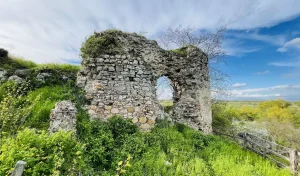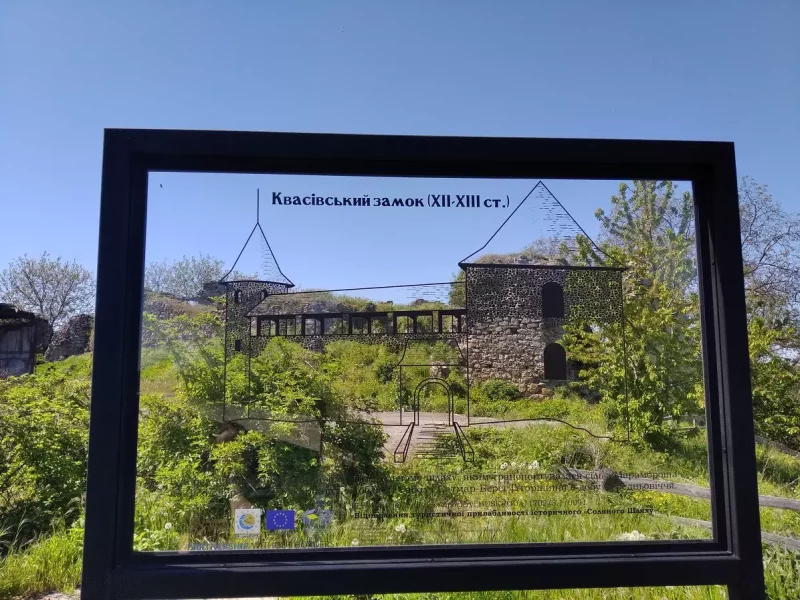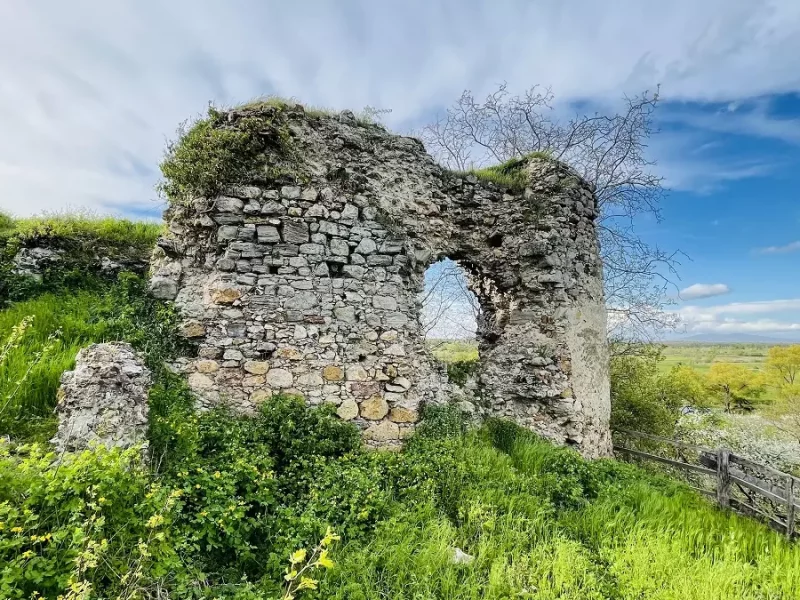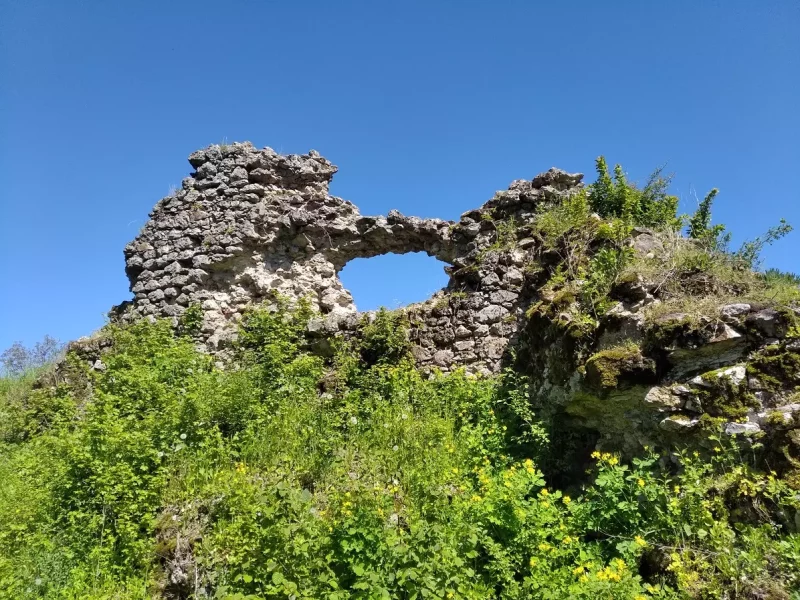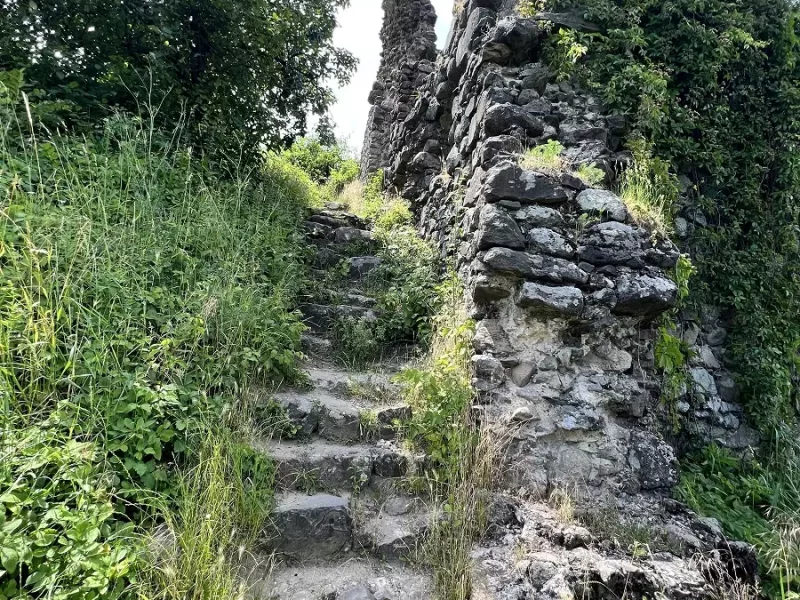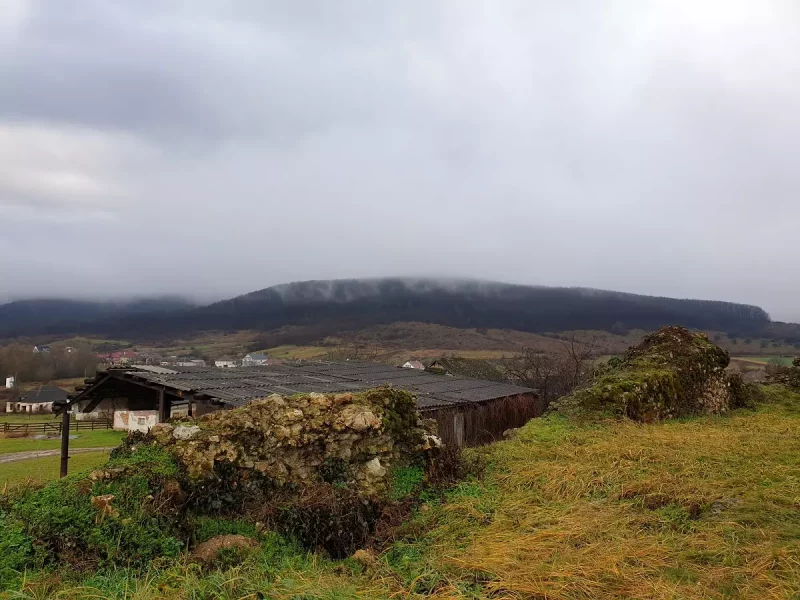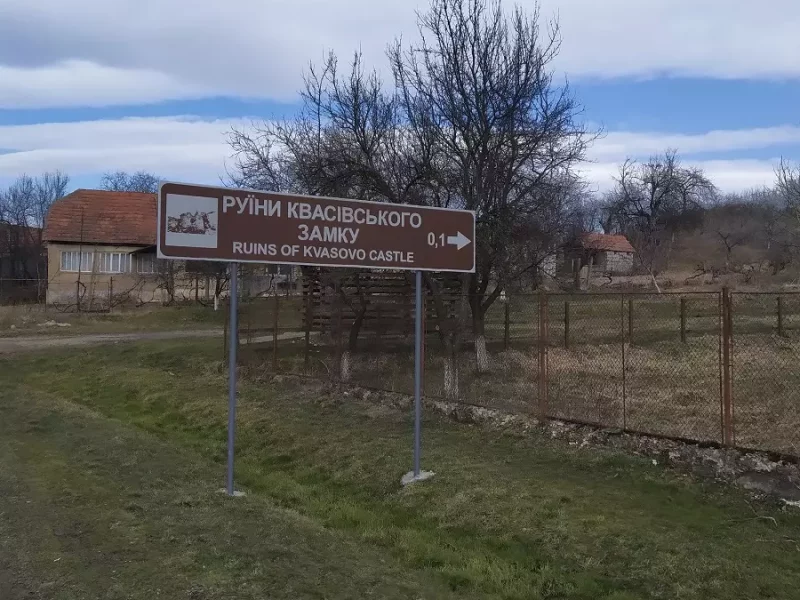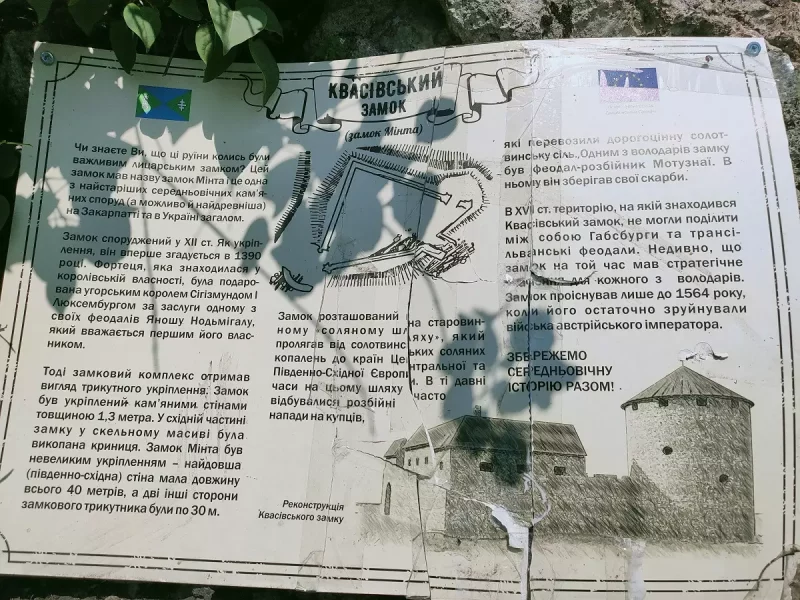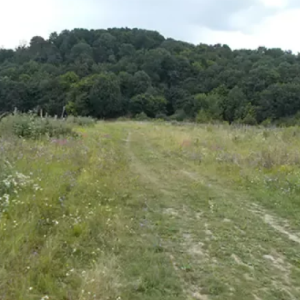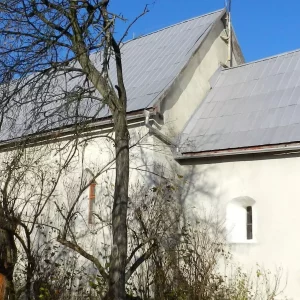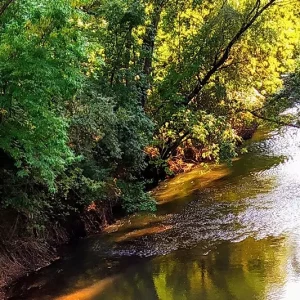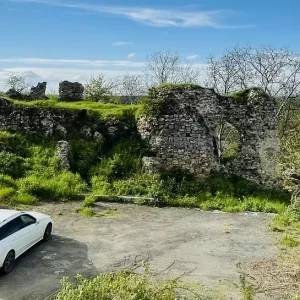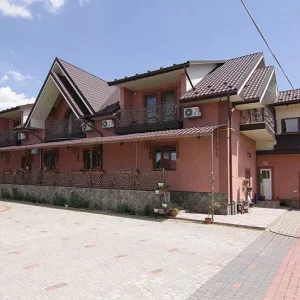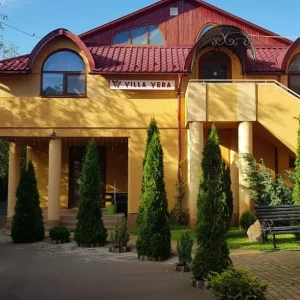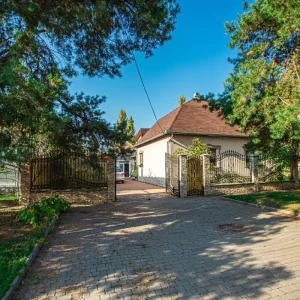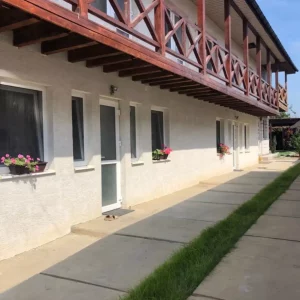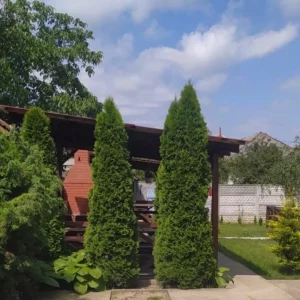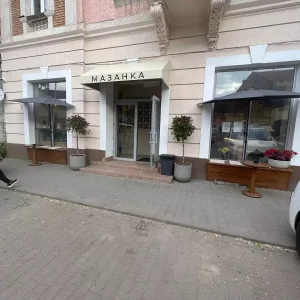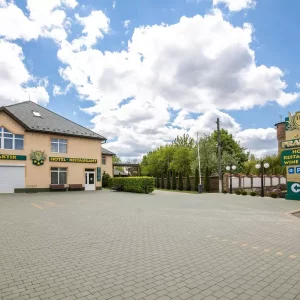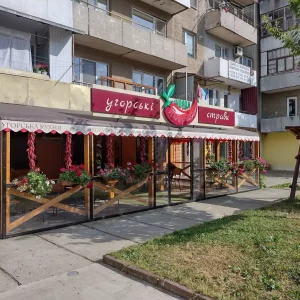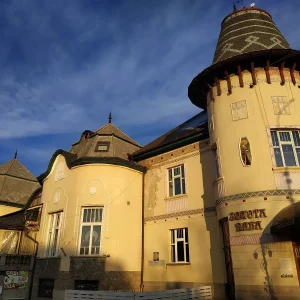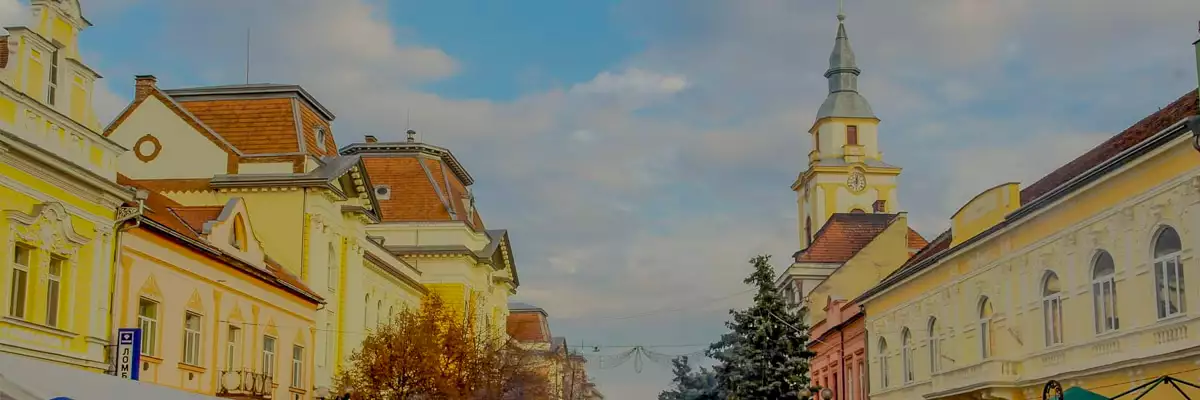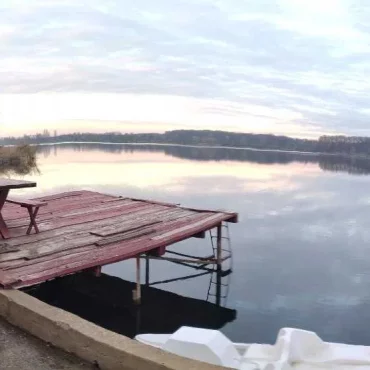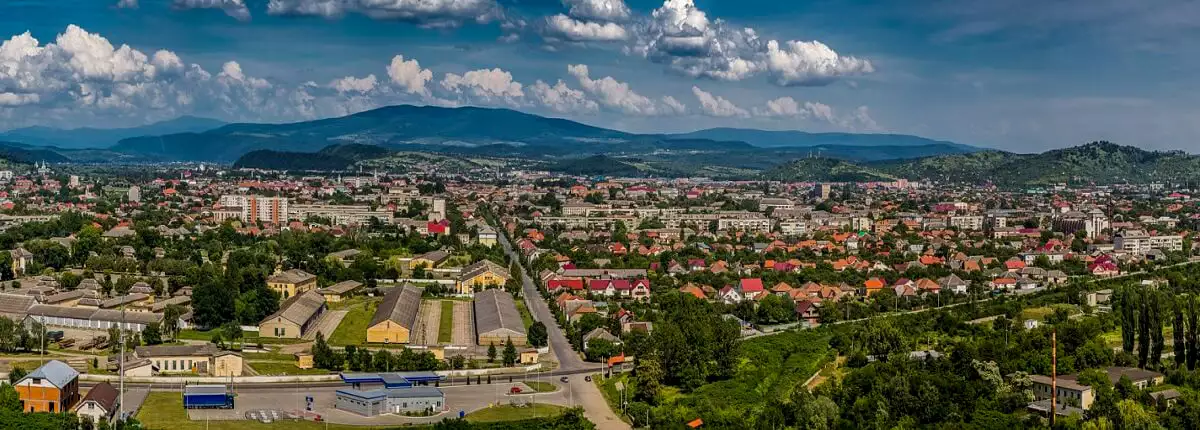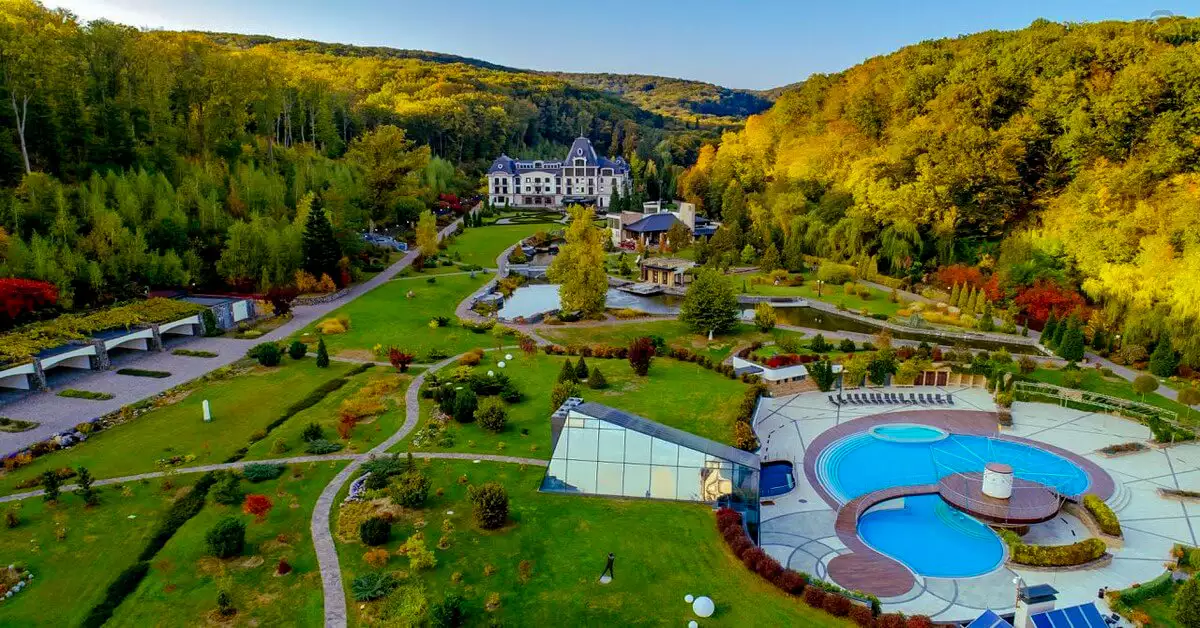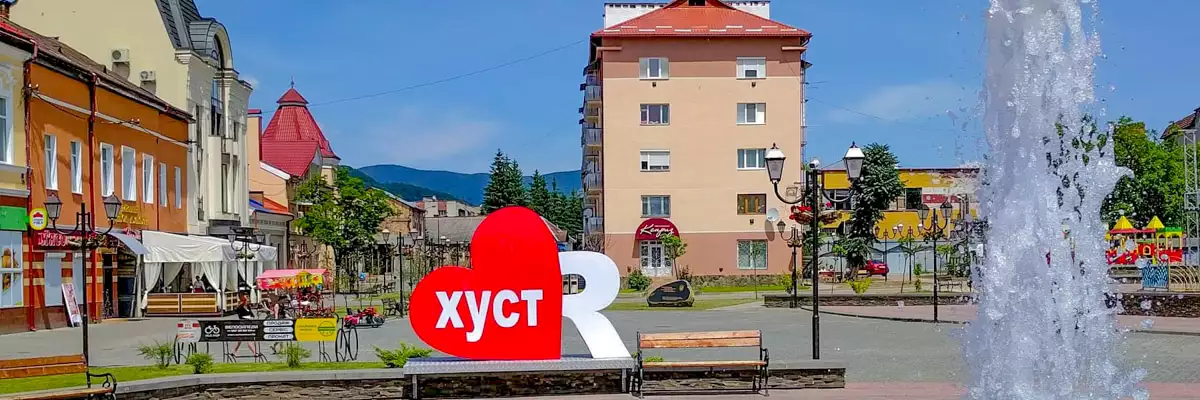According to historical documents, the first owner of the castle in 1390 was Janos, the son of the feudal lord Yuri Nodmigali. Before that, the fortress was in Hungarian royal ownership.
After the death of Janos (date unknown), a struggle for the right to own the fortress began, which was won by the Batory family by a court decision.
In 1549, the owner of the fortress, Elizabeth Ekchi, sold it to Pavlo Motuznaia. The new owner of the Kvasovo Castle was actively engaged in robbery and plunder, the victims of which were both ordinary peasants and, on occasion, nobles. Eventually, the patience of the Hungarian nobility came to an end. In 1564, the Hungarian noblemen’s sejm, which was convened in Pozsony (the old name of Bratislava), decided to destroy the Kvasovo fortress. In addition, the nobles decided to confiscate all of Pavlo Motuznaia’s property to the state treasury. The robber himself escaped punishment by hiding in the neighbouring Bronets Castle. However, according to available historical sources, the Kvasovo stronghold was not completely destroyed during this military operation. In addition, the castle continued to be ruled by representatives of the Motuznai family. The relevant royal charters have been preserved to confirm these facts. The year in which Kvasovo Castle was completely destroyed is still a mystery.
It is known that the fortress was actively inhabited during the 17th and 18th centuries. It was during this period that 2-storey residential premises and large cellars were built.
In the middle of the 19th century, a topographical map of Kvasovo village was created, which is still kept in the Transcarpathian archive. It clearly shows that the building is in a generally intact condition.
The castle buildings, still in good condition, were described in an article by journalist Beila Lukacs published in the Bereh newspaper in 1889. Emil Turani, the publisher of the unique monthly Kvasovo village magazine LONT, also made efforts to study the history of the fortress and Kvasovo itself.
The article describes the structure of the fortress in detail. The first floor was almost completely preserved at that time. There were windows in the walls, covered with metal bars, and the roof was covered with shingles. A ruined well with the date “1794” carved into it was found in the courtyard, probably indicating the last reconstruction.
Gradually, the ancient fortress was almost completely dismantled for building materials by local residents, who did not think about the archaeological and cultural value of the historical monument.
In 2009, the Uzhgorod National University organised an archaeological expedition to excavate the ancient Krasiv Castle. The aim was to establish the exact date of creation and the chronology of events of the legendary fortress.
Having examined the materials found (ceramics, metal products, remains), the archaeologists suggested that the fortress could have been built in the 16th century.
